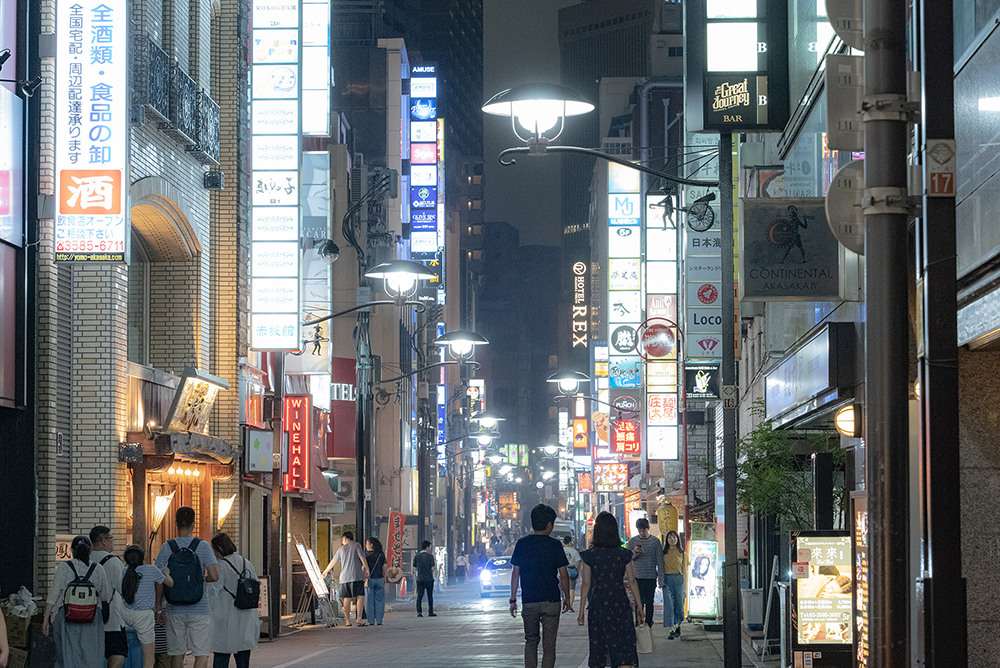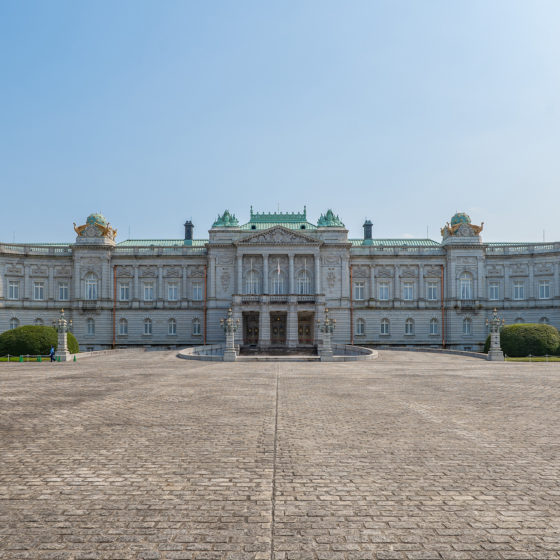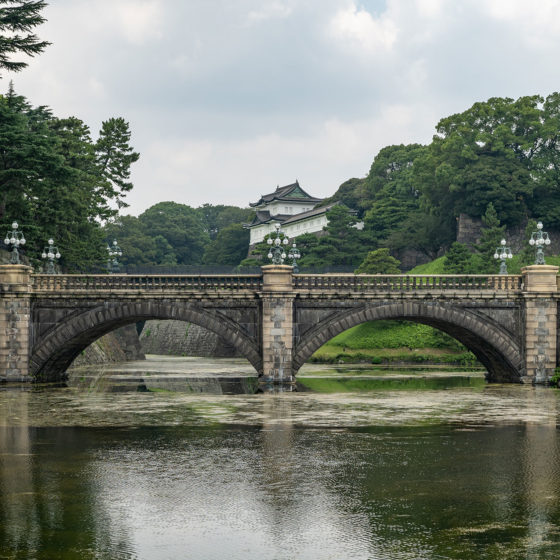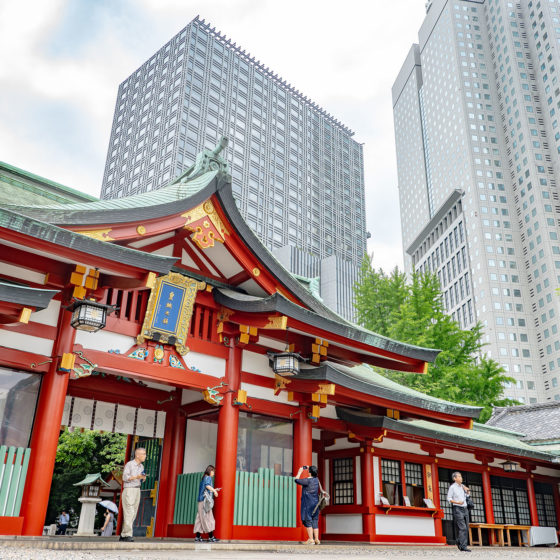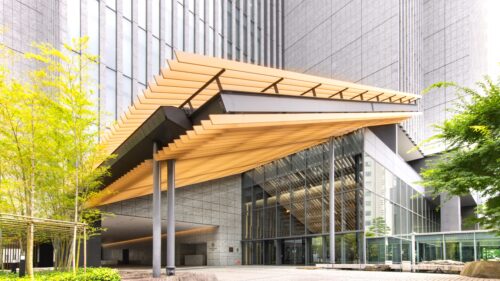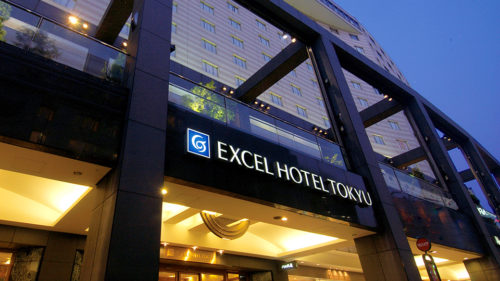- As depicted in woodblock prints of the floating world picture genre (ukiyo-e), the Tameike district during Edo times was a lively scene. Teahouses abundant as local fireflies entertained crowds who came for the illuminating insects and more. In the Meiji era (1868–1912), those teahouses became fine dining establishments (ryotei) serving military personnel, politicians, and business people, which reached peak prosperity during the latter half of the era. Recovering from WW2, Japan built itself back up, and the country entered a period of high economic growth, especially from the mid-1950s through 1973. With proximity to the National Diet Building and the government district of Kasumigaseki, the entertainment district of Akasaka was rejuvenated to vitality.
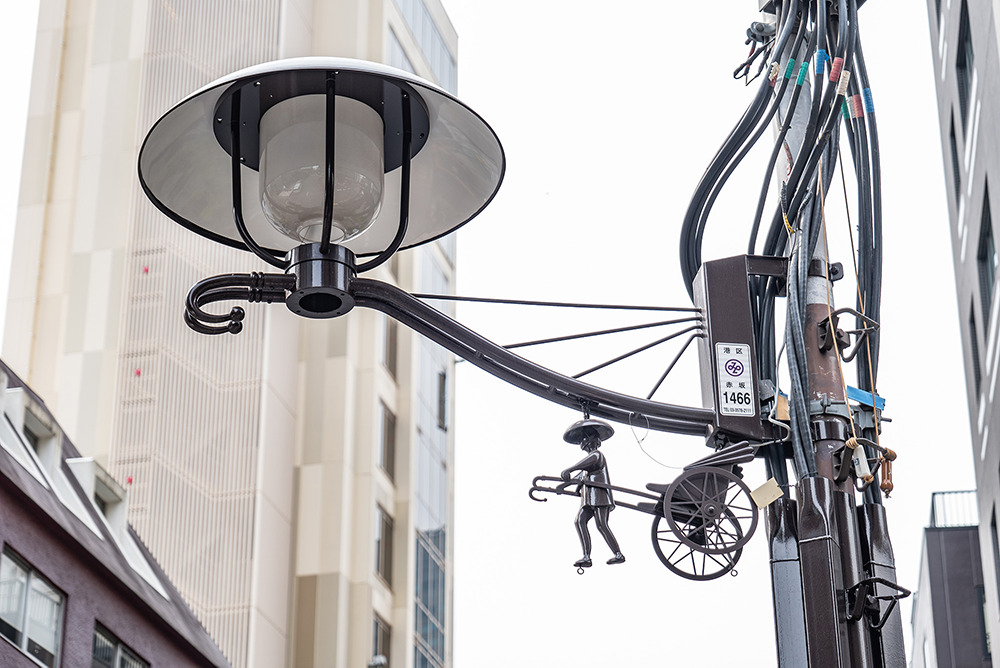
The streetlight with a rickshaw motif. 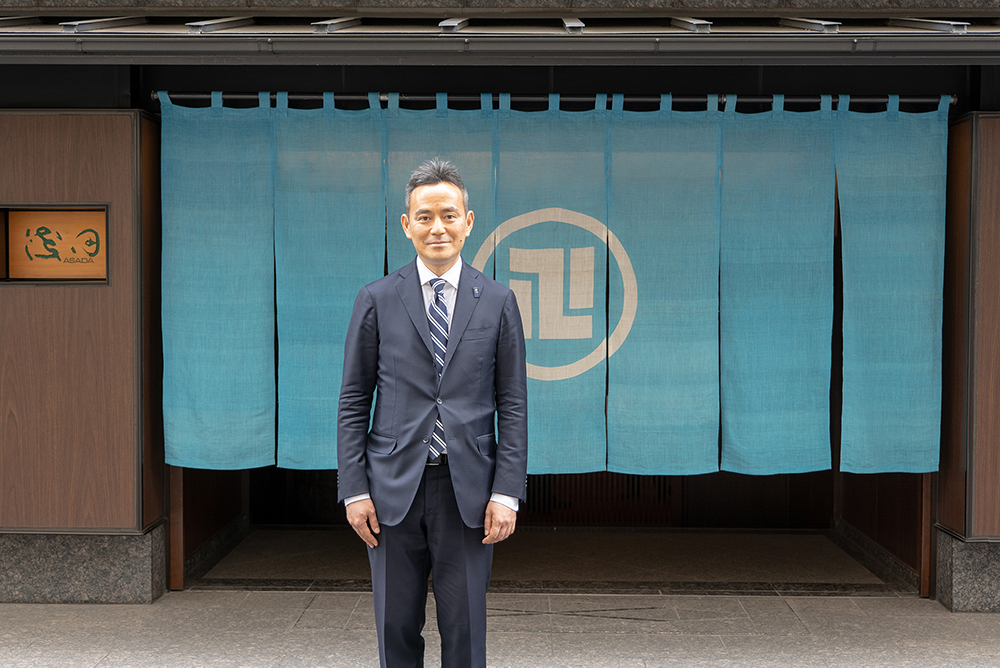
President Shota Asada, third-generation head of Akasaka Asada.
Leading Light of City Nightlife
- Thanks to the bubbling postwar and later economy, evenings in Akasaka saw geisha on rickshaws coursing through alleyways; ryotei were entertainment houses where geisha gracefully danced to song and sounds of shamisen strings. Many ryotei during those decades still maintained from Edo days their black surrounding walls, which got mention in a famous pop song of the time.
- “I’m third-generation head of Akasaka Asada, and 17th generation of the family business. Asada was originally established in Kanazawa as an inn, and my grandfather in 1971 decided to expand the business to Tokyo and therefore opened a ryotei in Akasaka. It’s said that in the early 1960s, there were 60 ryotei and 400 geisha in Akasaka.” So recalls President Shota Asada. Indeed, Akasaka, along with Shimbashi, was Tokyo’s leading nightlife district. In addition to these types of restaurants, Akasaka at the time was home to countless large nightclubs, cabarets, and bars, its nightlife both glamorous and busy.
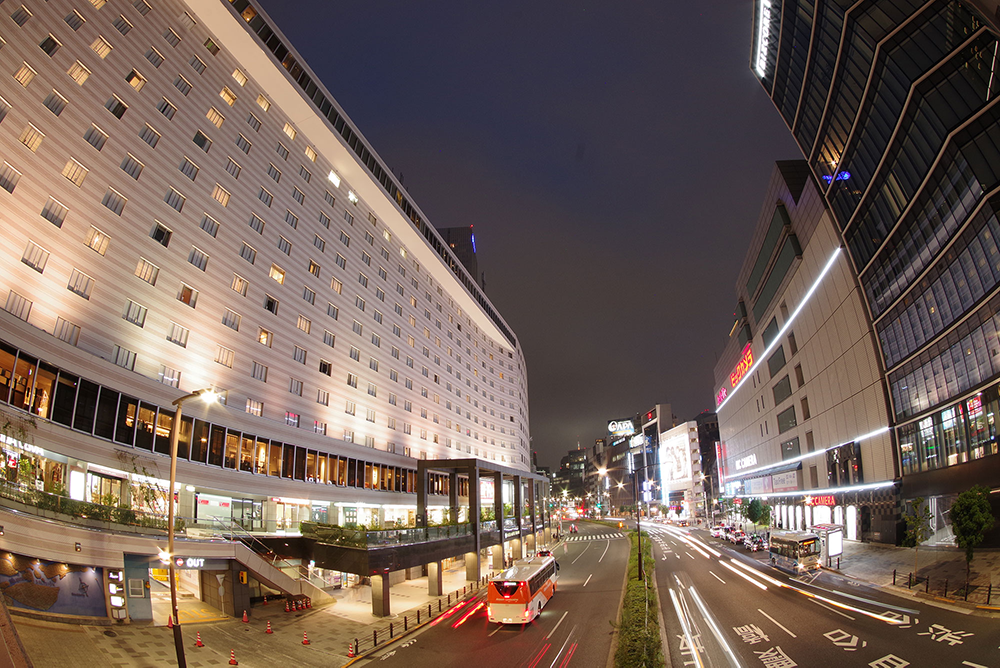
Akasaka Excel Hotel Tokyu facing Sotobori-dori street is a symbol of Akasaka. 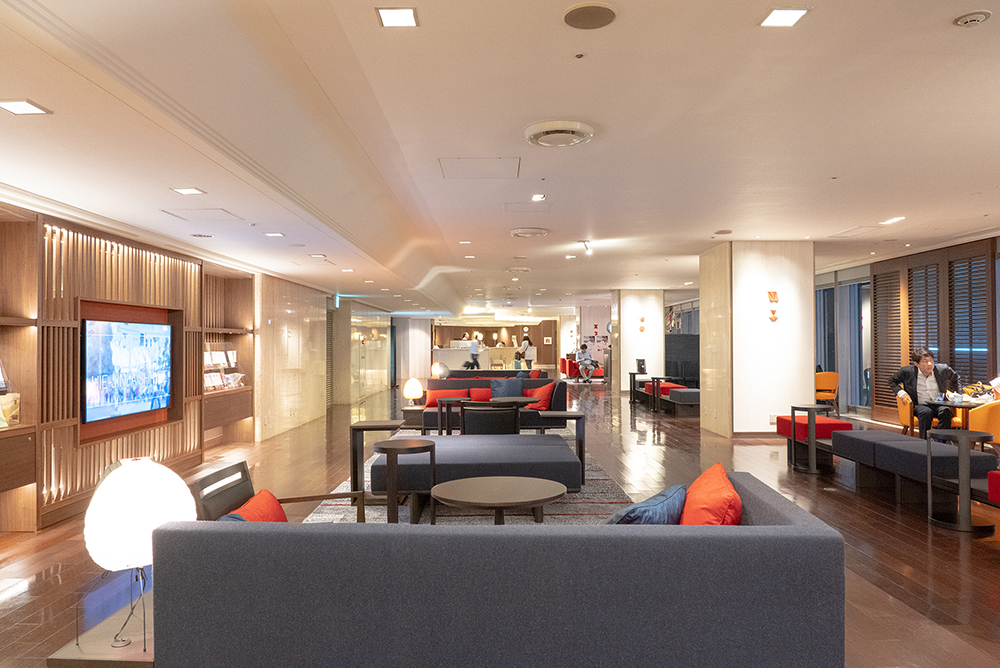
Lobby floor and bar renovation of the hotel has been completed last year. 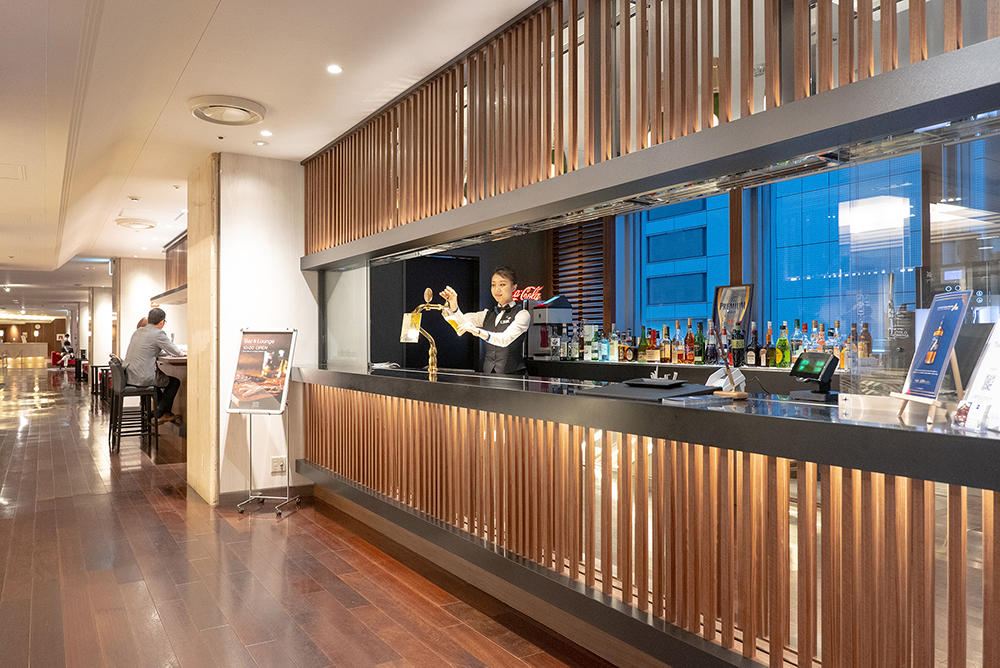
Birth of Akasaka Tokyu Hotel
- The Tokyo Olympics of 1964 brought about a hotel construction boom. Akasaka Tokyu Hotel (currently Akasaka Excel Hotel Tokyu) was established in 1969. Commemorating the grand opening day were 300 ballerinas in a grandiose performance on the pedestrian deck. Boasting four large banquet halls, a grill & bar, coffee house and tea lounge, the hotel atmosphere was elegant and refined. It was something of a landmark in Akasaka, hosting grand weddings and parties, with famous movie stars frequenting its bar 10 and restaurants.
- During the high economic growth period, old wood structures were renovated, and the Akasaka streetscape began to change. As economic growth dwindled, so did ryotei culture. Renowned establishments began to close their doors, due to lack of successors.
- Nowadays, President Asada observes, “There are currently only four ryotei left in Akasaka. The number of geisha also decreased, with only 22 or so presently. And it seems customers want different things.”
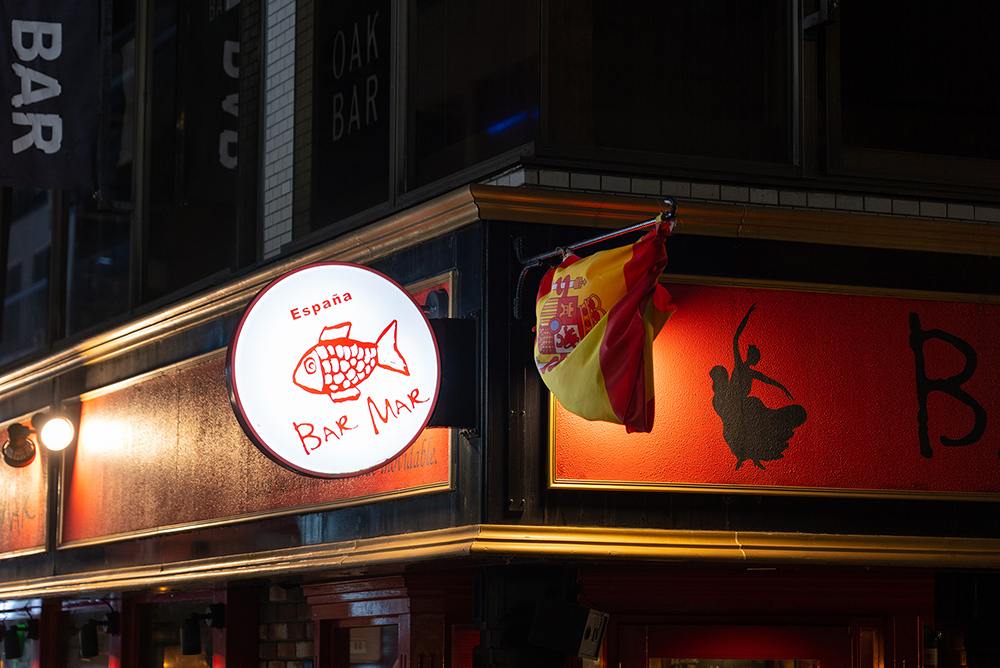
Bar signboard floating in the night sky. 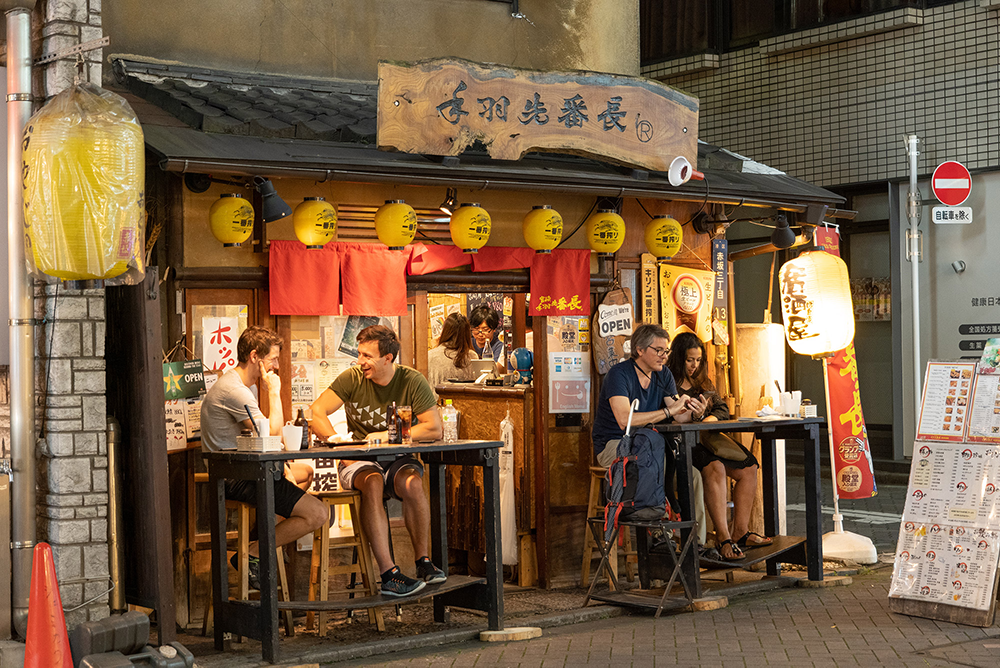
People enjoy lively nightlife at the back alleys of Akasaka.(Photo taken last year)
Ryotei Culture Legacy
- Nonetheless, Asada-san is enthusiastic about promoting and passing down traditional Akasaka culture, geisha, and ryotei.
- “More recently, foreign customers summon geisha to ryotei for parties. Just tell your hotel concierge you'd like to hold a banquet at a ryotei and have geisha performances, and the concierge arranges everything,” he says, adding, “Some geisha speak English, too.”
- Last September, Akasaka Excel Hotel Tokyu proudly commemorates its 50th anniversary. Lobby floor and bar renovation has been completed, further refining its chic elegance. Tourists and business people from overseas enjoy the ambience and lounge on sofas in the lobby. The pink-and-beige facade facing Sotobori-dori street continues to be a symbol of Akasaka. No doubt Akasaka will continue to attract people from around Japan and the world, entertaining guests with great dining and a bustling nightlife.



